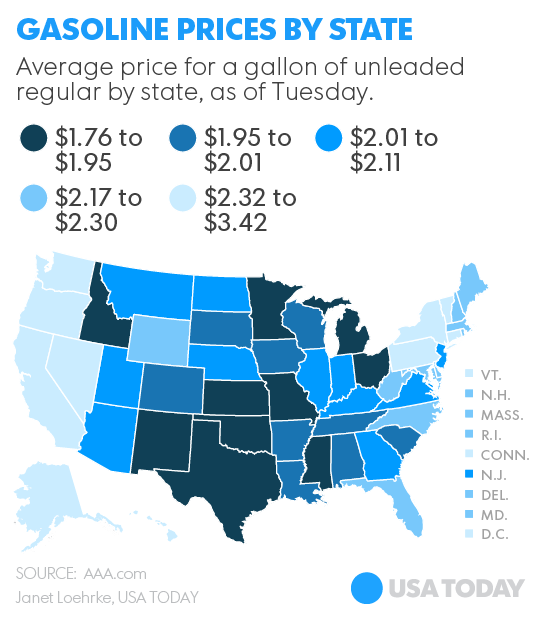Big difference between crude, ethanol train crashes
Something amazing happened in the aftermath of the ethanol train derailment in Iowa.
No fish died.
At least none that we know of. Environmental officials in the state probably feared the worst after eight cars spilled ethanol following the Feb. 4 derailment north of Dubuque.
The Associated Press quoted state Department of Natural Resources spokesman Kevin Baskins this week:
Efforts to monitor water quality and aquatic life in the river are ongoing, Baskins said, but past results shows that the majority of ethanol in the water dissipated downstream, and no fish kills have been reported.
Not long after the crash, Fuel Freedom published a blog post outlining the differences between how ethanol and crude oil behave during an accident, although both are flammable. Relying on research at the Renewable Fuels Association, we noted that ethanol — even the denatured, toxic variety in the train cars that derailed — is water-soluble.
Sure enough, AP reported Feb. 10:
Results from several monitoring stations along the Mississippi River show much of the ethanol that leaked into the water after several train cars derailed has dissolved, the Iowa Department of Natural Resources said Monday. … Baskins said the ethanol dissipated fairly quickly in the first mile downstream, with fuel levels virtually undetectable 10 miles from the site.
It’s a stark contrast to the growing number of horrific accidents involving trains carrying oil. A runaway train in Quebec crashed in 2013, with the resulting inferno killing 47 people in the town of Lac-Megantic. There have been numerous incidents since then, and two of them right around the Iowa ethanol-train derailment shows how spectacularly different the fuels behave when there’s leakage and a fire.
Joan Lowy, an AP reporter in Washington, D.C., wrote a story this week about the efforts to improve the safety on railroads and in the tank cars that transport oil:
On Feb. 5, the Transportation Department sent the White House draft rules that would require oil trains to use stronger tank cars and make other safety improvements.
Nine days later a 100-car train hauling crude oil and petroleum distillates derailed and caught fire in a remote part of Ontario, Canada. Less than 48 hours later, a 109-car oil train derailed and caught fire in West Virginia, leaking oil into a Kanawha River tributary and burning a house to its foundation. As the fire spread across 19 of the cars, a nearby resident said the explosions sounded like an “atomic bomb.” Both fires burned for nearly a week.
Much of the attention lately has been focused on the aging DOT-111 tanker cars that have been in use since the 1960s. But the Ontario and West Virginia accidents involved newer tank cars known as 1232s. Both trains also were traveling under 40 mph, Lowy reported. “Those folks who were arguing that the 1232s may in fact be puncture-proof really can’t make that argument anymore,” said Sen. Heidi Heitkamp, Democrat of North Dakota.
Railroads contend that implementing new safety measures, such as thicker tank walls and installing electronic brakes that slow trains quickly rather than in succession, would cost them billions of dollars and slow down an already crowded schedule, owing to the increased use of oil by rail.
Lowy cited a Department of Transportation analysis, which predicts:
… that trains hauling crude oil or ethanol will derail an average of 10 times a year over the next two decades, causing more than $4 billion in damage and possibly killing hundreds of people if an accident happens in a densely populated part of the U.S.
Based on recent history, and simple science, safety officials might be looking more closely at the risks of one particular fuel over others.
(Photo: Disaster in Lac-Megantic, Quebec, in 2013. Credit: TSB Canada)


